 We have posted about the ongoing port congestion that has resulted in as many as 70 ships being anchored off the Southern Californian coast waiting for berths. While no one knows for certain what caused the pipeline rupture that leaked more than 140,000 gallons of oil off the California coast, initial indications suggest that it may have been the result of a ship’s anchor catching the pipeline.
We have posted about the ongoing port congestion that has resulted in as many as 70 ships being anchored off the Southern Californian coast waiting for berths. While no one knows for certain what caused the pipeline rupture that leaked more than 140,000 gallons of oil off the California coast, initial indications suggest that it may have been the result of a ship’s anchor catching the pipeline.
USA Today reports that the U.S. Coast Guard said on Tuesday that divers were able to locate a bend in the 17-mile pipeline and found it had been moved by 105 feet. Coast Guard Capt. Rebecca Ore said divers also located a split in the pipeline that was more than a foot long — 13 inches, which investigators believe could be the source of the oil leak.
Preliminary reports suggest the failure may have been “caused by an anchor that hooked the pipeline, causing a partial tear,” federal transportation investigators said.

 For almost a decade the US Navy has struggled through an ongoing corruption and bribery scandal involving ship support contractor Glenn Defense Marine Asia, a firm run by Leonard Glenn Francis, a Malaysian national known as “
For almost a decade the US Navy has struggled through an ongoing corruption and bribery scandal involving ship support contractor Glenn Defense Marine Asia, a firm run by Leonard Glenn Francis, a Malaysian national known as “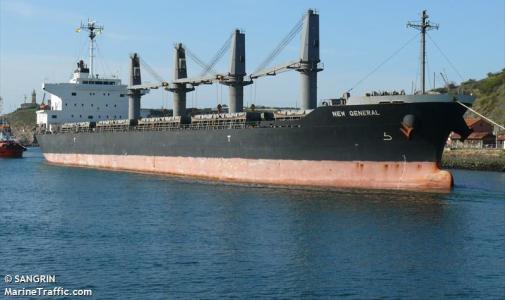 We recently posted about
We recently posted about 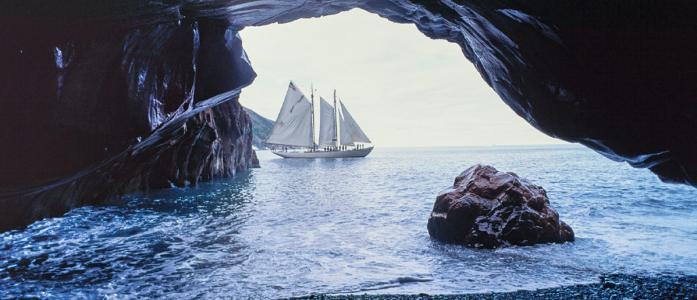
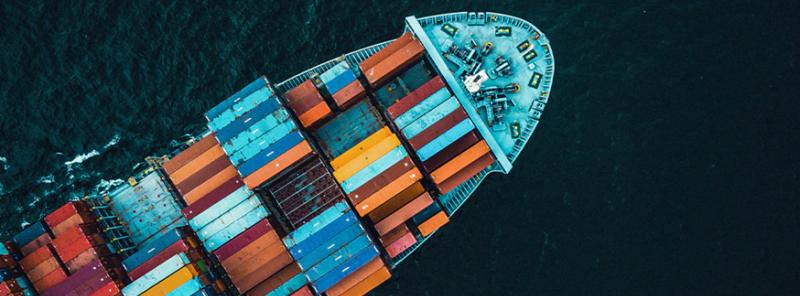 In February we
In February we 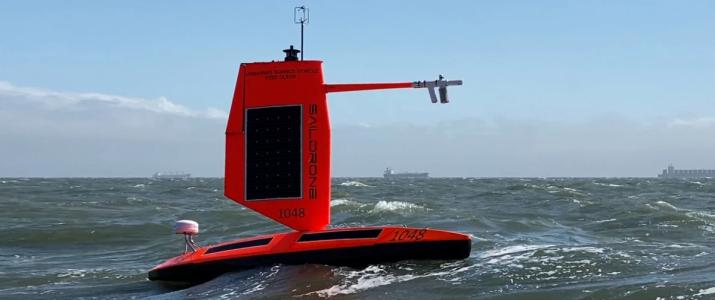 Saildrone Inc. and the National Oceanic and Atmospheric Administration (NOAA) have released the first video footage gathered by an uncrewed surface vehicle (USV) from inside a major hurricane barreling across the Atlantic Ocean.
Saildrone Inc. and the National Oceanic and Atmospheric Administration (NOAA) have released the first video footage gathered by an uncrewed surface vehicle (USV) from inside a major hurricane barreling across the Atlantic Ocean.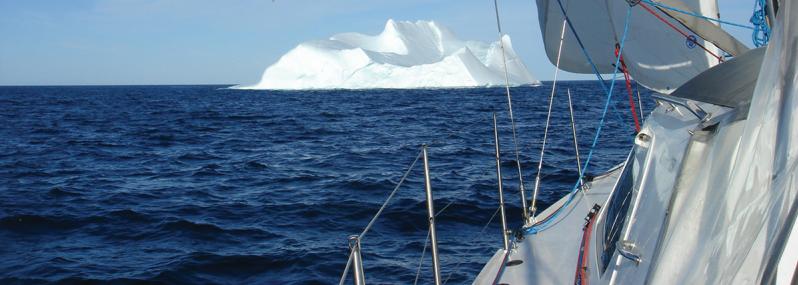 Interesting news from
Interesting news from 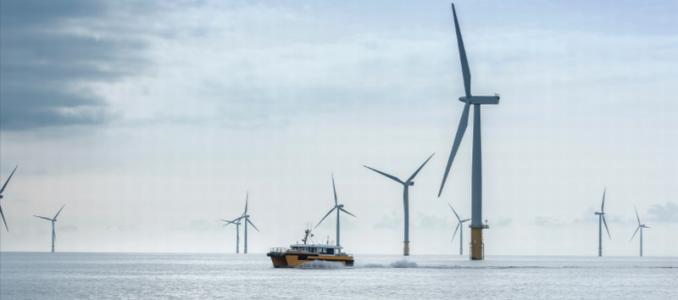 Last week Mayor Bill de Blasio and the New York City Economic Development Corporation (
Last week Mayor Bill de Blasio and the New York City Economic Development Corporation (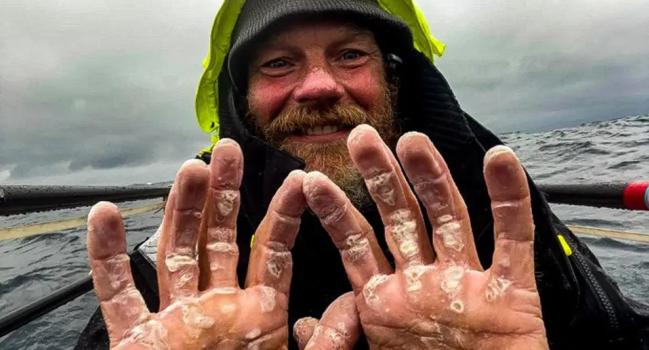
 We recently posted about
We recently posted about  We recently posted
We recently posted 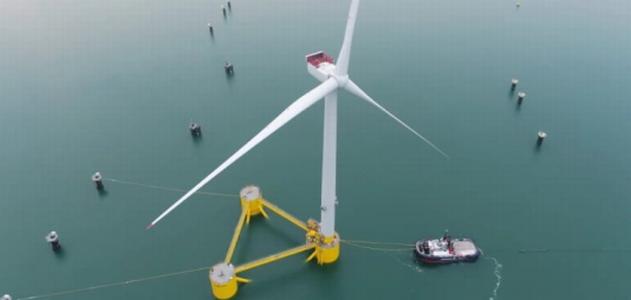 The world’s largest offshore floating wind farm has begun operation off Kincardine, approximately 15 kilometers off the southeast coast of Aberdeenshire, Scotland, at water depths ranging between 60 and 80 meters. The five floating turbines are expected to generate up to 218GWh of clean electricity per year, an output that will be enough to power approximately 55,000 households.
The world’s largest offshore floating wind farm has begun operation off Kincardine, approximately 15 kilometers off the southeast coast of Aberdeenshire, Scotland, at water depths ranging between 60 and 80 meters. The five floating turbines are expected to generate up to 218GWh of clean electricity per year, an output that will be enough to power approximately 55,000 households.
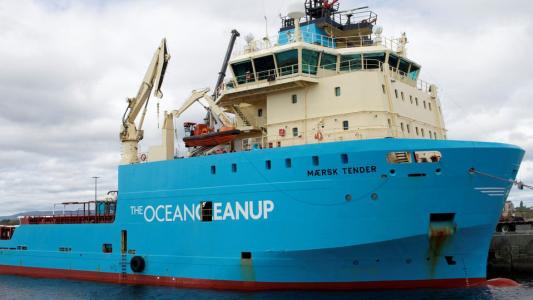
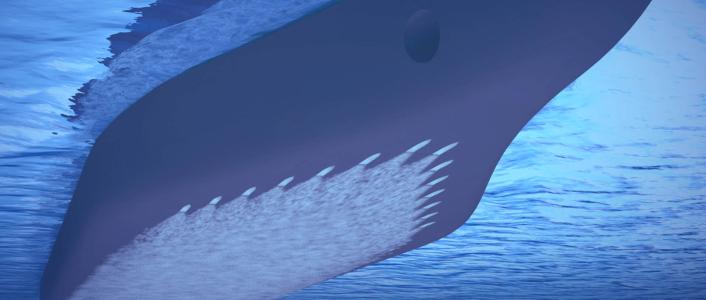

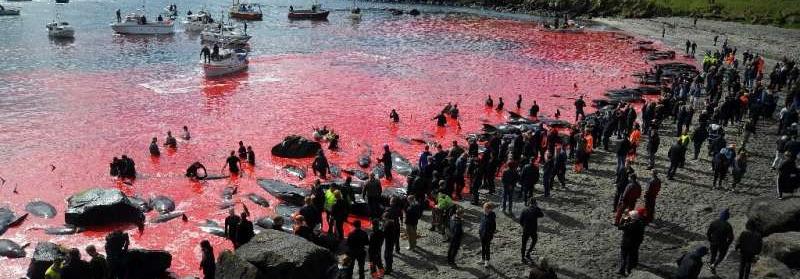 The inhabitants of the
The inhabitants of the  We recently
We recently 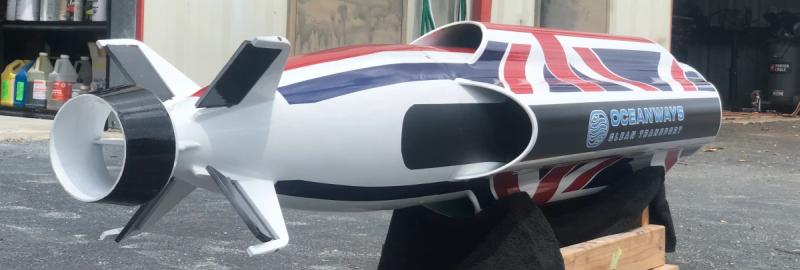 The UK startup,
The UK startup,